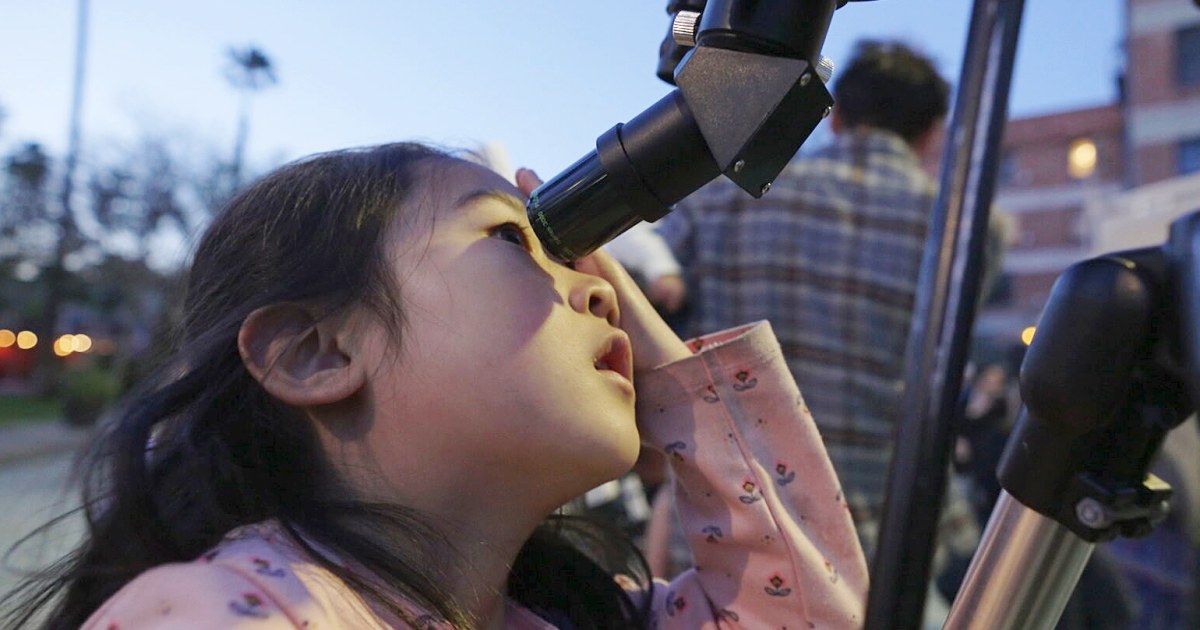
Geostationary Satellites
Geostationary satellites are artificial satellites that are placed in a geostationary orbit, which is an orbit around the Earth that has the same period as the Earth's rotation. This means that the satellite appears to be stationary in the sky when viewed from a fixed location on the Earth's surface. Geostationary satellites are commonly used for telecommunications, weather monitoring, and navigation. They are also used for remote sensing and Earth observation, as they provide a continuous view of a specific region of the Earth's surface. The design and operation of geostationary satellites require specialized knowledge in areas such as orbital mechanics, propulsion systems, and communication systems.
Your Previous Searches
Random Picks
- Direct Readout: Direct Readout is a method of receiving and processing data from remote sensing satellites in real-time. This method involves the use of ground stations equipped with antennas and receivers that can directly receive and process the data tra ... Read More >>
- Suppression Agents: Suppression agents are materials or substances used to extinguish fires in space and astronautical engineering contexts. These agents work by interrupting the chemical reaction that sustains the fire. Common suppression agents include water ... Read More >>
- Thermal Straps: Thermal straps are devices used in spacecraft thermal control systems to transfer heat from one point to another. They consist of a flexible, thermally conductive material that connects two points on a spacecraft, allowing heat to flow betw ... Read More >>
Top News

Easter's date remains divisive. Some church leaders want that to change...
Eastern and Western churches will celebrate Easter on the same day this year, while marking 1,700 years since the Council of Nicaea unified Christian doctrine...
News Source: ABC News on 2025-04-19

In a city of stars, Los Angeles astronomy club makes sure to keep looking up...
LOS ANGELES — While Los Angeles is home to the biggest stars in the world, a monthly get-together is proving that the city’s rich and famous have nothing on the universe....
News Source: NBC News on 2025-04-18

This week on "Sunday Morning" (April 20)...
A look at the features for this week's broadcast of the Emmy-winning program, hosted by Jane Pauley....
News Source: CBS News on 2025-04-17

Scientists detect strongest hints yet of life on a distant planet...
Scientists have detected unique chemical patterns similar to those produced by the Earth's algae and seaweed — raising the possibility of the presence of a warm ocean, perhaps teeming with life, on ...
News Source: NBC News on 2025-04-17

Is there life on another planet? Scientists find the strongest evidence yet...
Near a planet far, far away astronomers have found traces of chemicals that on Earth are only produced by living beings....
News Source: Al Jazeera English on 2025-04-17